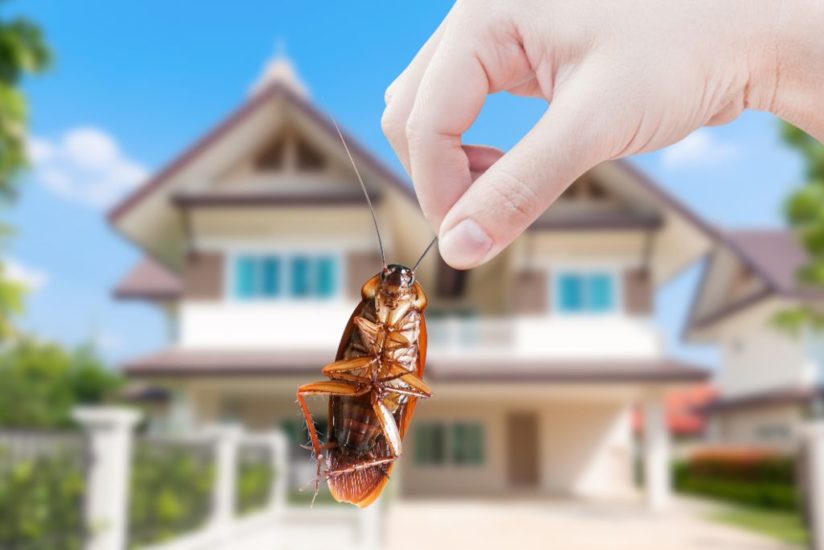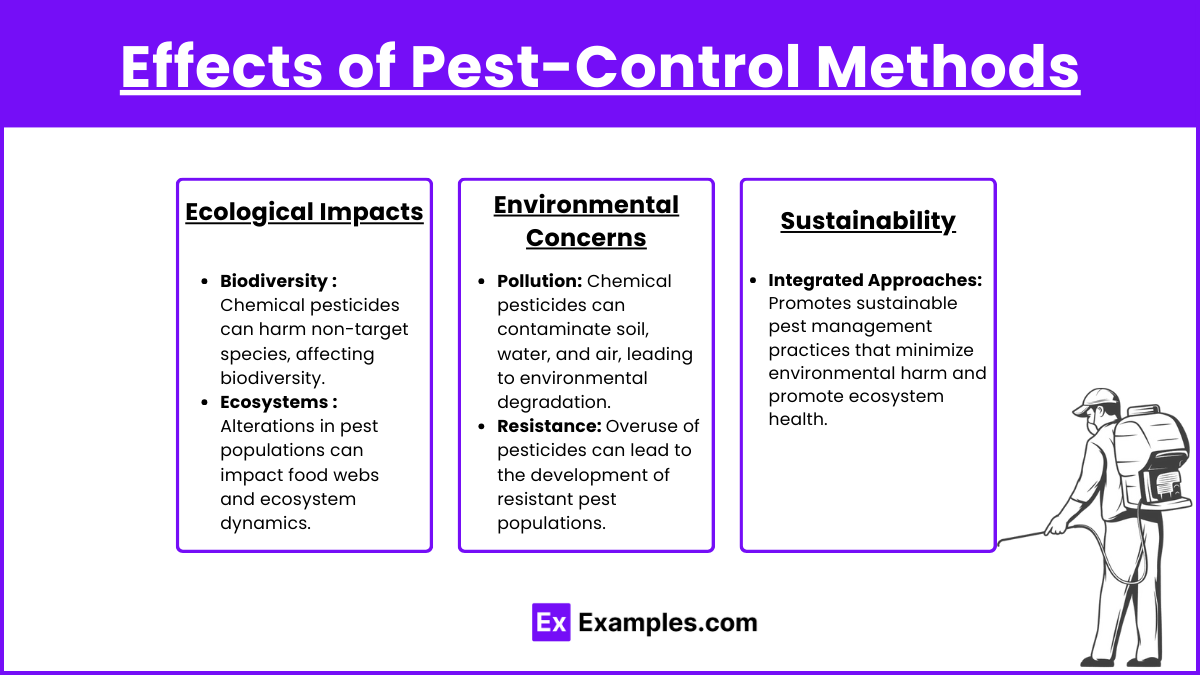More About Pestwise
More About Pestwise
Blog Article
Getting My Pestwise To Work
Table of ContentsPestwise Can Be Fun For EveryoneIndicators on Pestwise You Should KnowThe 7-Minute Rule for PestwiseLittle Known Facts About Pestwise.The Greatest Guide To PestwiseThe smart Trick of Pestwise That Nobody is Talking AboutSome Known Details About Pestwise

Q. Specify "integrated parasite management" (IPM) and checklist several possible control tactics that might be used in an IPM approach. A. Integrated insect management is the combining of proper parasite control strategies right into a single plan to minimize pests and their damages to an appropriate level. Insect control tactics may consist of: host resistance, organic control, cultural control, mechanical control, sanitation, and chemical (chemical) control.
Pestwise - The Facts
What can you do to keep the insects you are trying to regulate from coming to be resistant to the pesticides you utilize? A. Bug resistance can be lowered by utilizing integrated bug monitoring and turning the sorts of pesticides used.
Bugs are a vital hazard to the farming organization, and integrated pest management assists cultivators address and alleviate these threats. Integrated bug monitoring makes use of numerous techniques in complex, thus being a more effective service to the issue. Pest Control. In particular, eliminating hostile chemical approaches enables lessening damage to individuals and the atmosphere by utilizing natural and safer alternatives rather
The Pestwise Ideas
The goal of incorporated insect management is to minimize this injury and control acceptable infestation degrees rather than get rid of all unwanted populations. This is why it is vital to comprehend what measures are justified in each situation and use hostile ones just when various other integrated monitoring methods don't function. Integrated administration mitigates the adverse consequences of a non-IPM strategy, and the main advantages of IPM Advantages of IPM.
A proper understanding of the invasion extent figures out if the problem should be resolved. are the next components of an IPM program since it is very important to realize if the microorganisms make potential dangers and select the incorporated monitoring options or the certain chemical use. mean to lower invasions by applying different agronomic strategies.
Excitement About Pestwise
if avoidance was ineffective. Integrated monitoring options in an IPM program start with more secure to much more aggressive ones. For example, target or broadcast chemical splashing may comply with hand-operated removal or trapping that hasn't aided. Those incorporated management aspects help recognize just how to intend and execute an IPM program step by action: Screen your crops routinely.

Among others, IPM cultural techniques include the adhering to field administration methods: soil therapy; selection of appropriate plants; plant turning; interplanting or strip cropping; choice of growing days; weed control; use of trap plants. Positive dirt conditions speed up plant development, and energetic plants are more resistant to infestations. Healthy and balanced seedlings and seeds predetermine effective crop development, so it is essential to select pest-free growing material with strong roots.
, which is also used in the integrated pest management system. On the other hand, infestations boost when plants of the very same crop type or family grow together.
Likewise, potato beetles can damage expanding potatoes, in addition to tomatoes. Growing catch plants in spots is one more choice for IPM intercropping. This incorporated pest monitoring approach recommends attracting insects to particular plants and after that regulating them with chemical or mechanical strategies. Particularly, you can expand soybeans as trap crops for Japanese beetles.
The Facts About Pestwise Uncovered
Barriers are normal instances of physical IPM methods. Fully grown pests or their eggs and larvae are collected by hand and destroyed.

Division of Plant Sciences. University of Missouri. Dirt solarization is an effective integrated administration strategy to disinfect the field by heating it in read here an all-natural means. This integrated management technique indicates a common method of ruining pests by predators, parasitoids, virus, and other biological control agents (also known as hostile microorganisms). The function of biological control in IPM is to.
The 8-Minute Rule for Pestwise
With time, their population ended up being an actual hassle to farmers along with native kangaroos or dingoes. The walking stick toad is one more case highlighting integrated biological control failing hereof when it declined to hunt the target types and became a pest itself. Parasitoids create on or within their hosts to ultimately kill them after developing.
Report this page